Vanves: a former office building is being brought back to life on the outskirts of Paris
Business Immo
25 June 2025
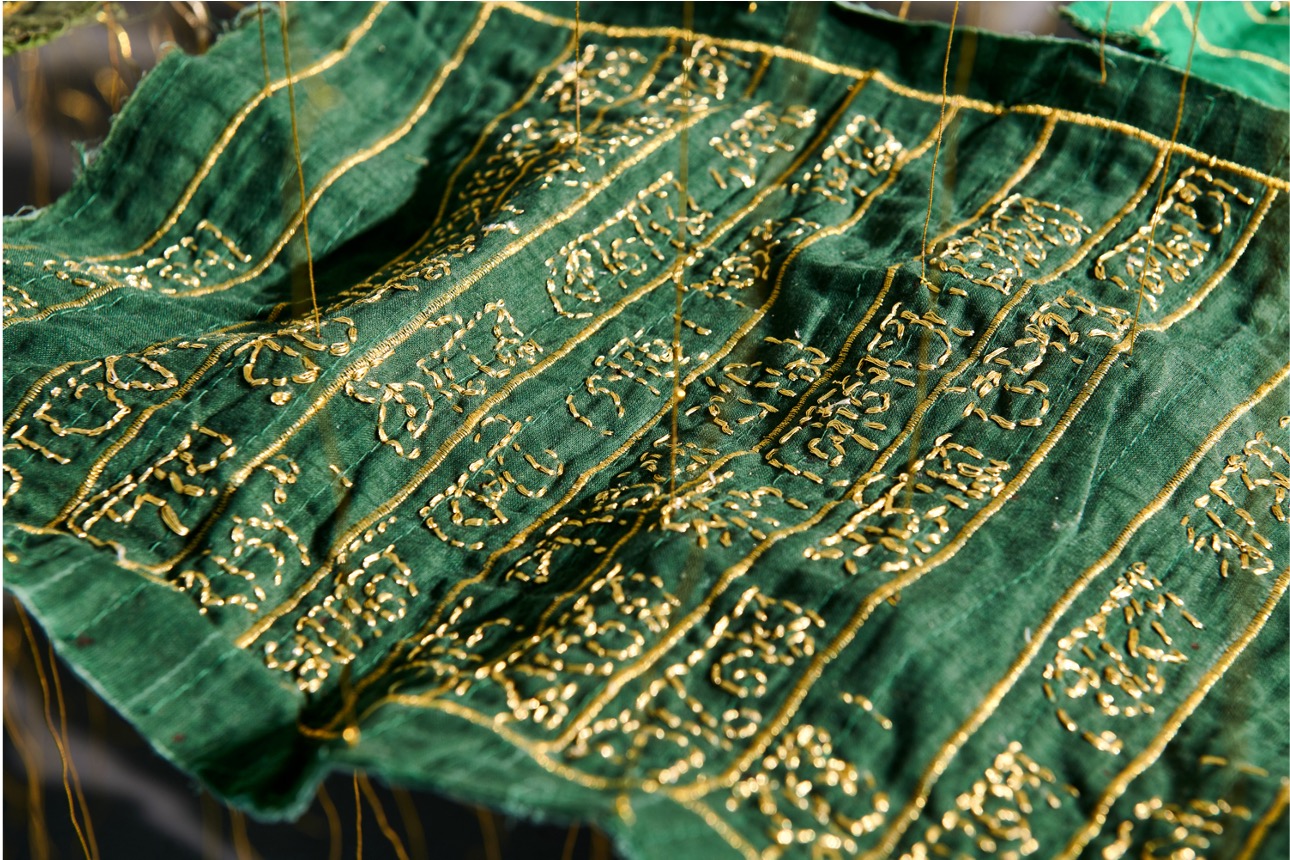
6 June 2025

6 June 2025
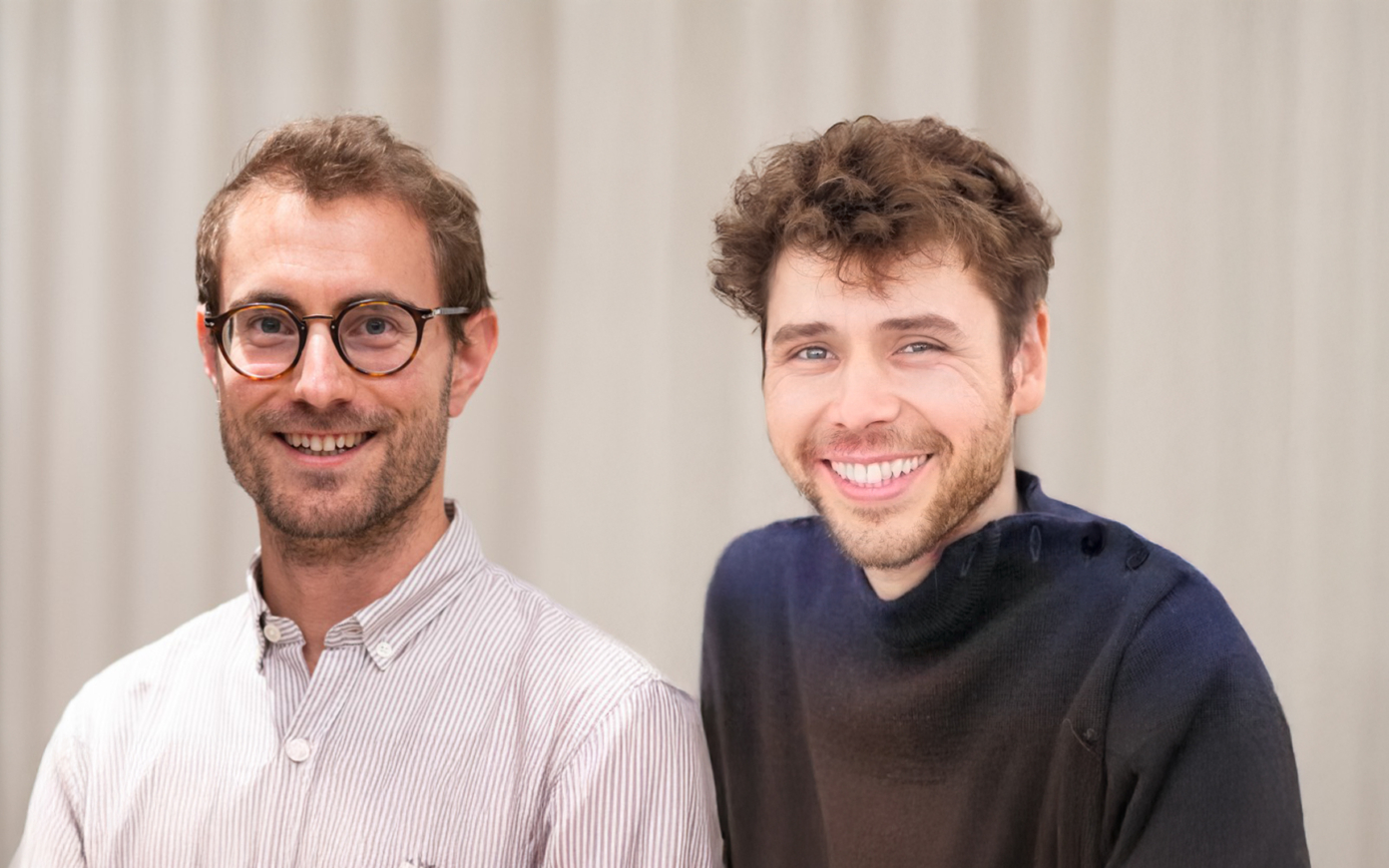
28 April 2025

28 April 2025
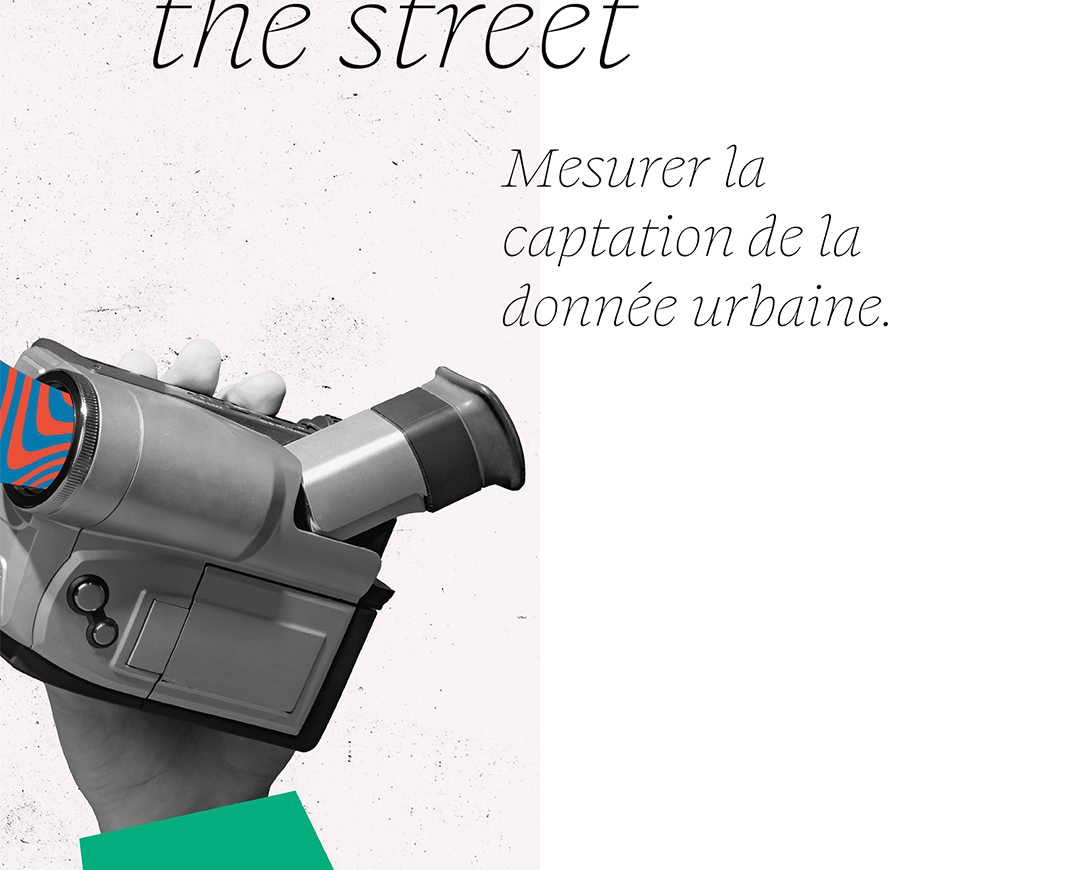
14 April 2025

14 April 2025
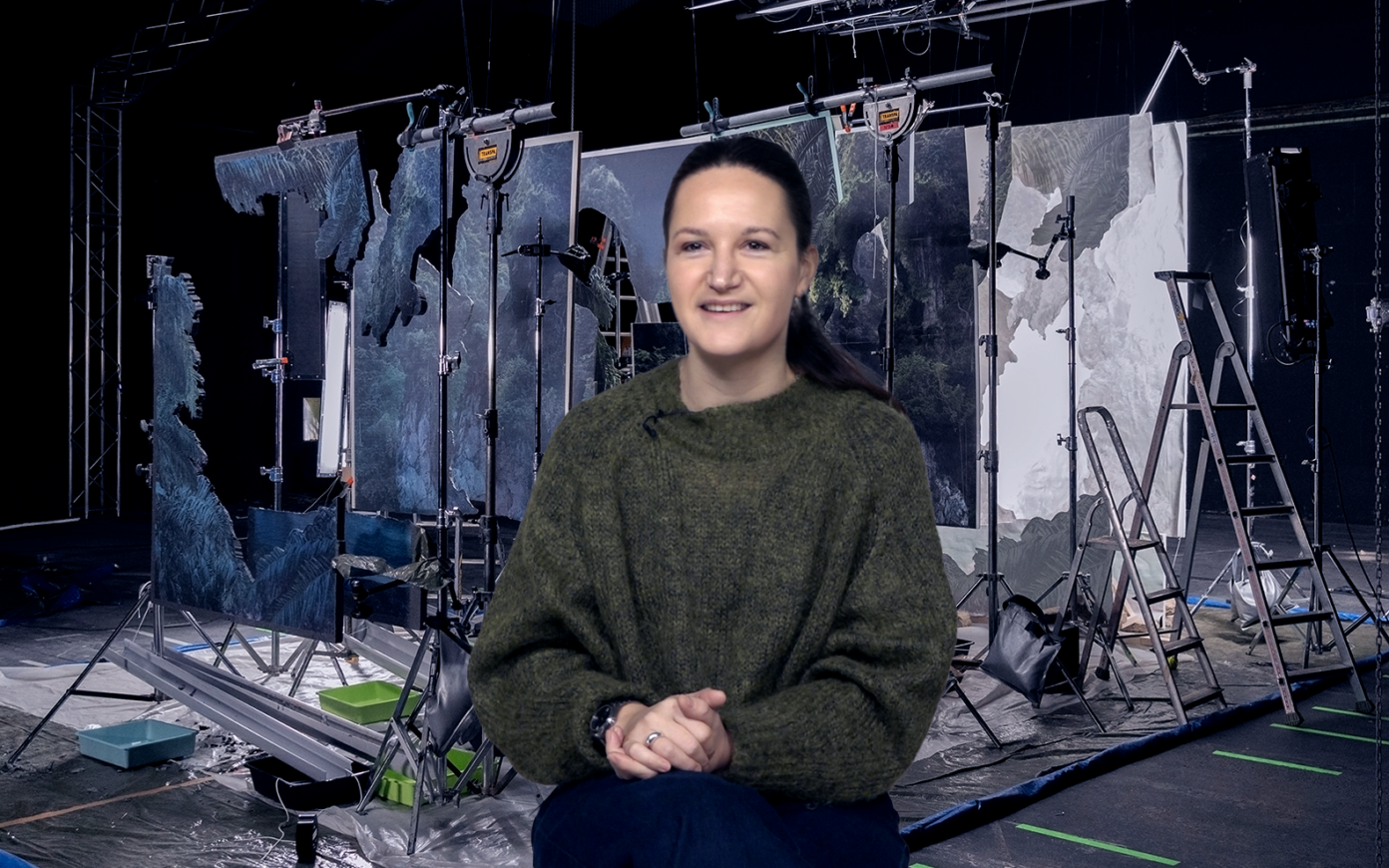
10 April 2025

10 April 2025
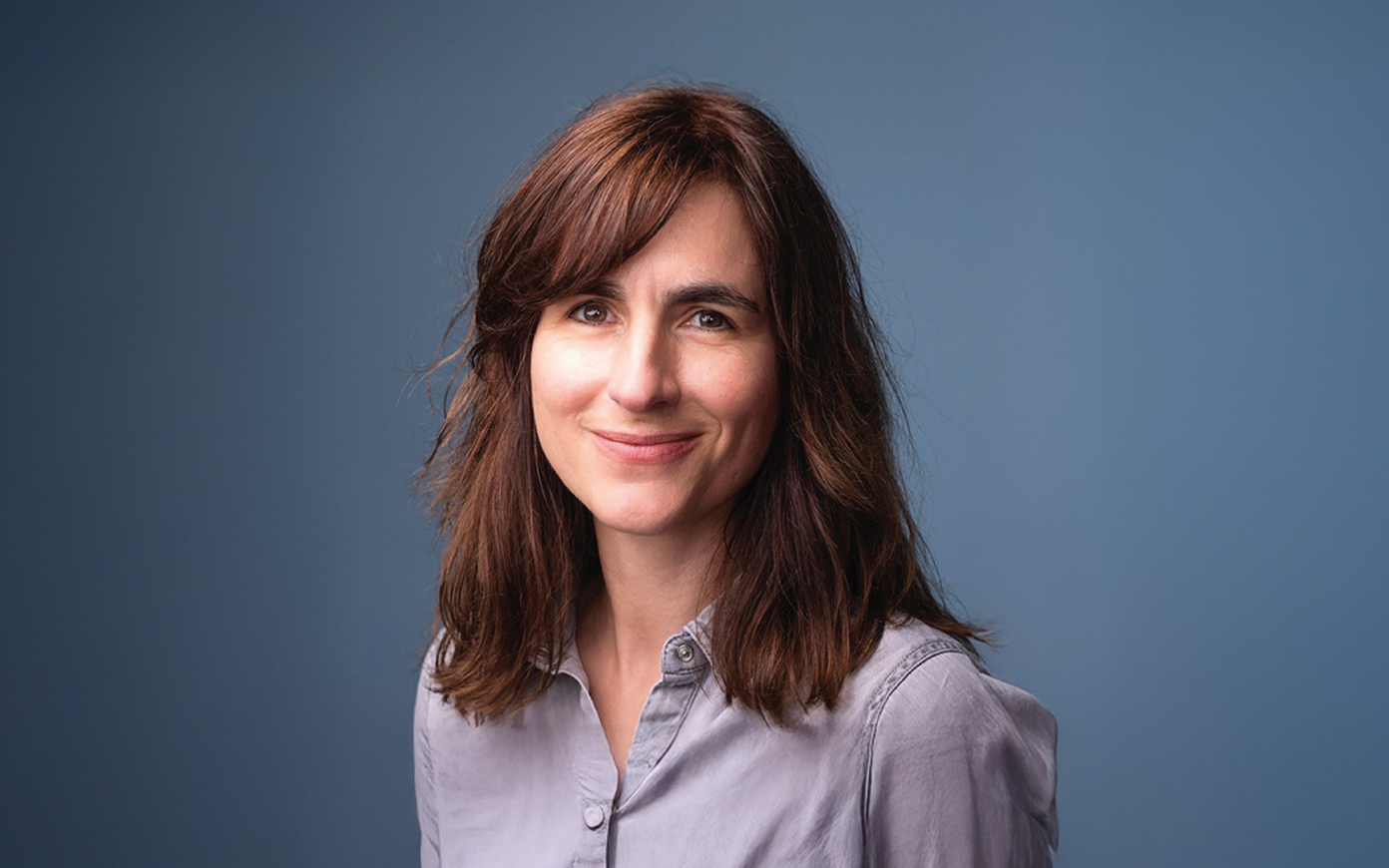
14 March 2025

14 March 2025
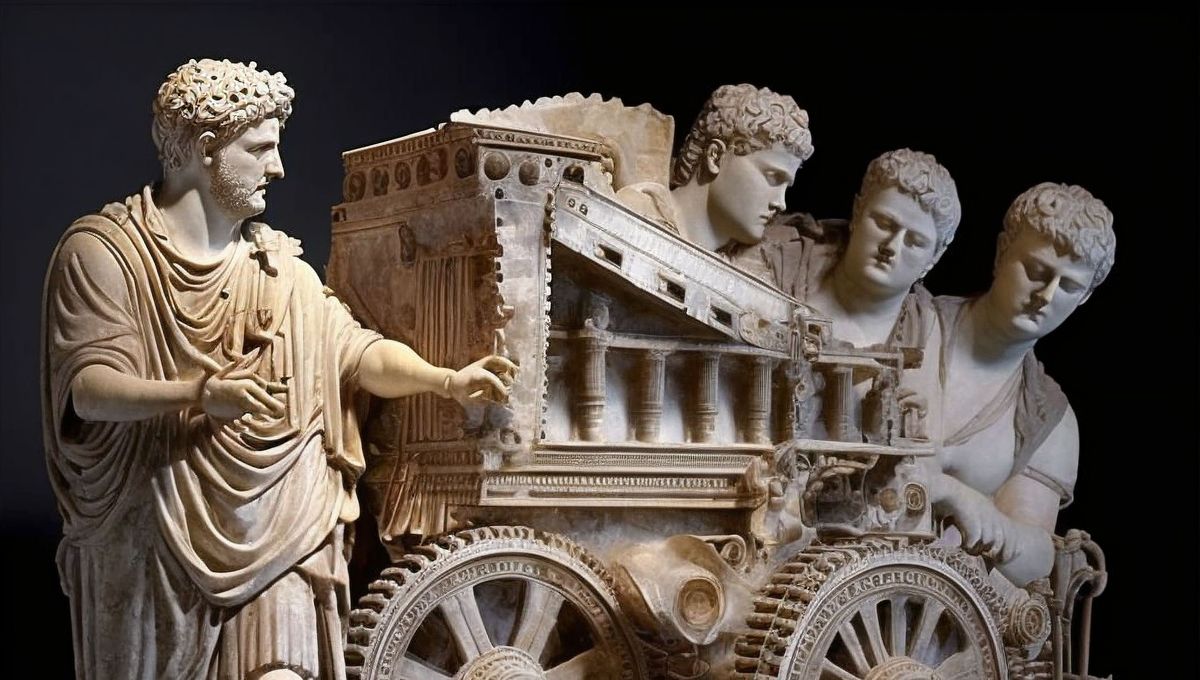
14 February 2025

14 February 2025
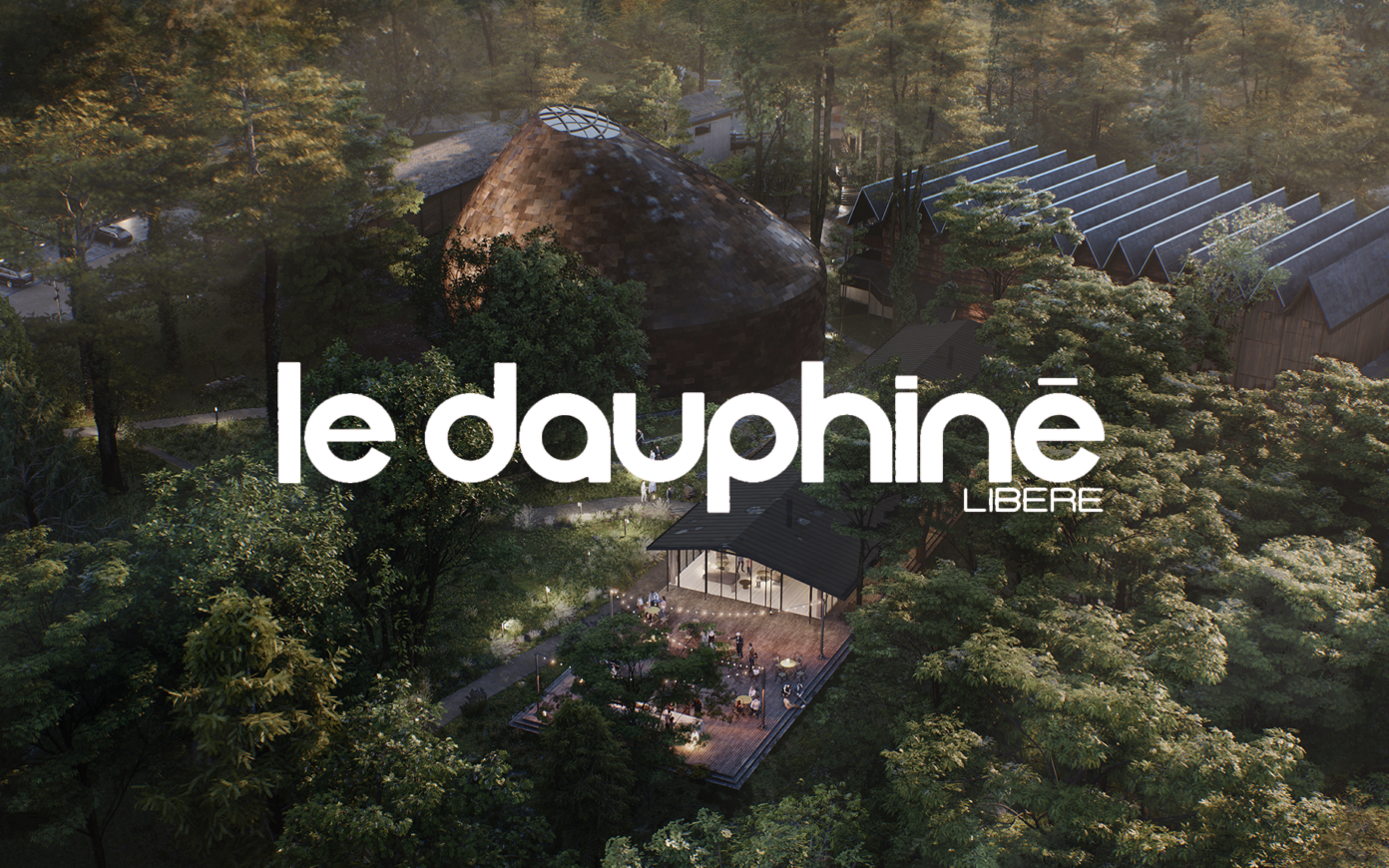

Le Dauphiné Libéré
23 January 2025
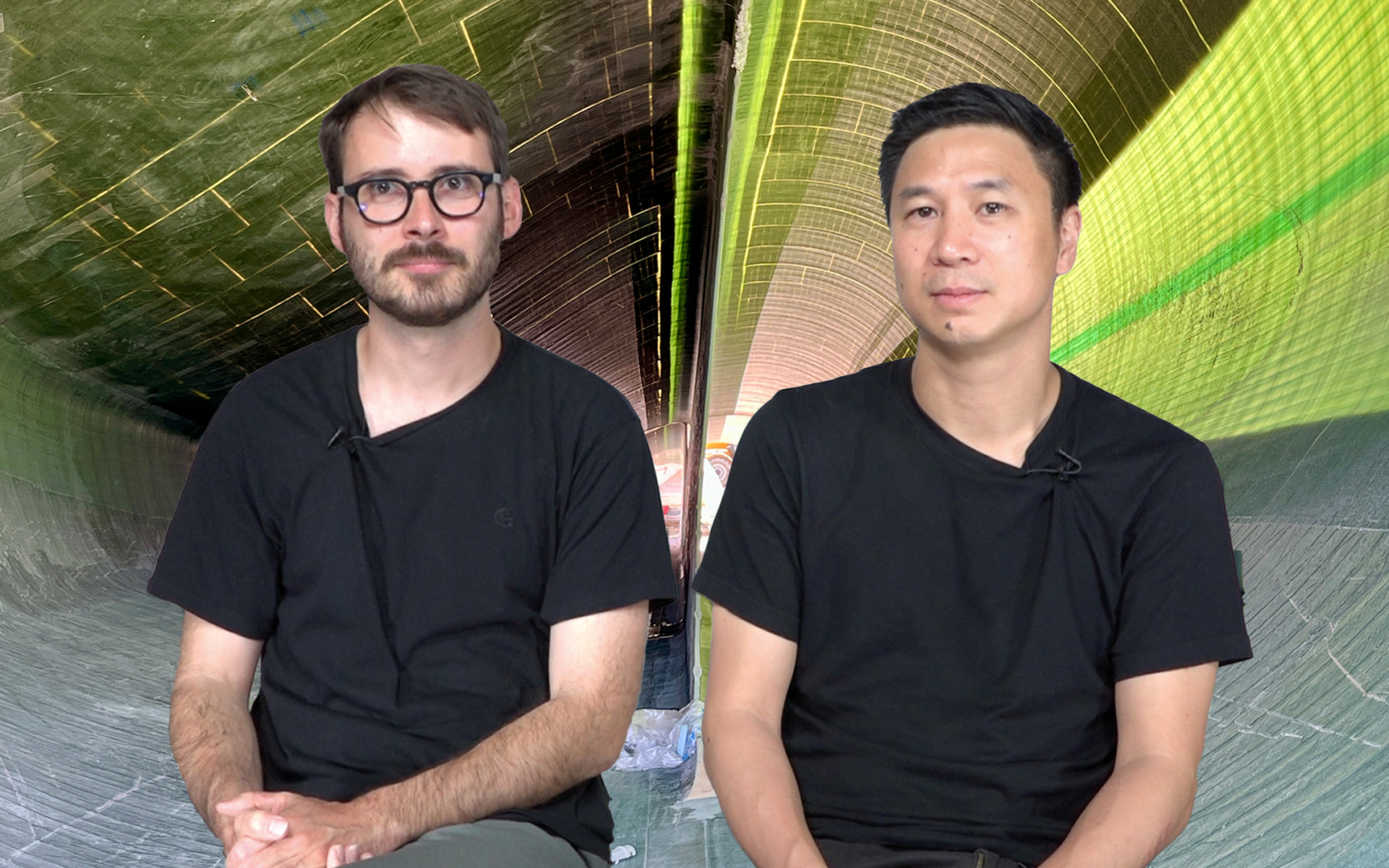
21 January 2025

21 January 2025
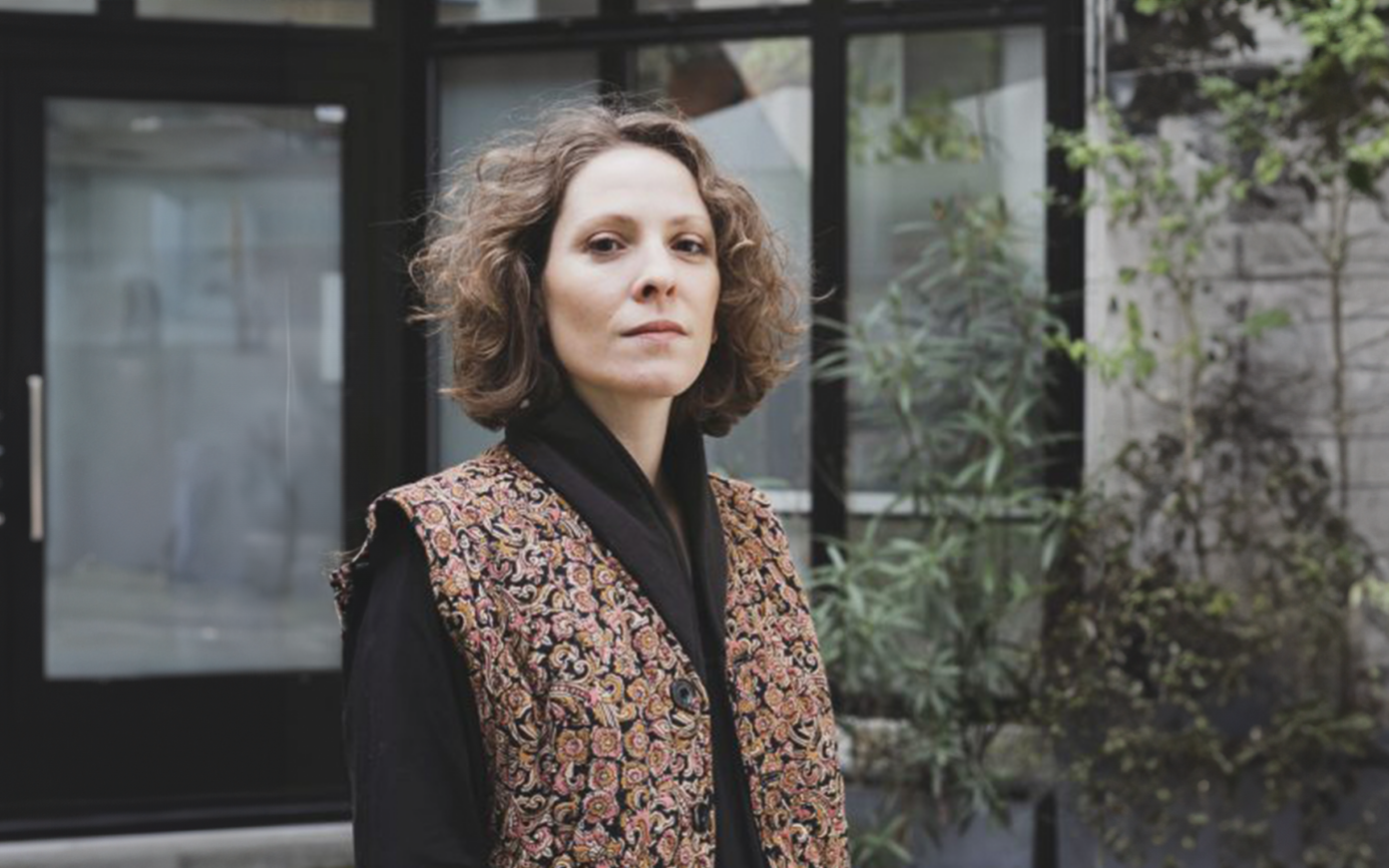
4 December 2024

4 December 2024
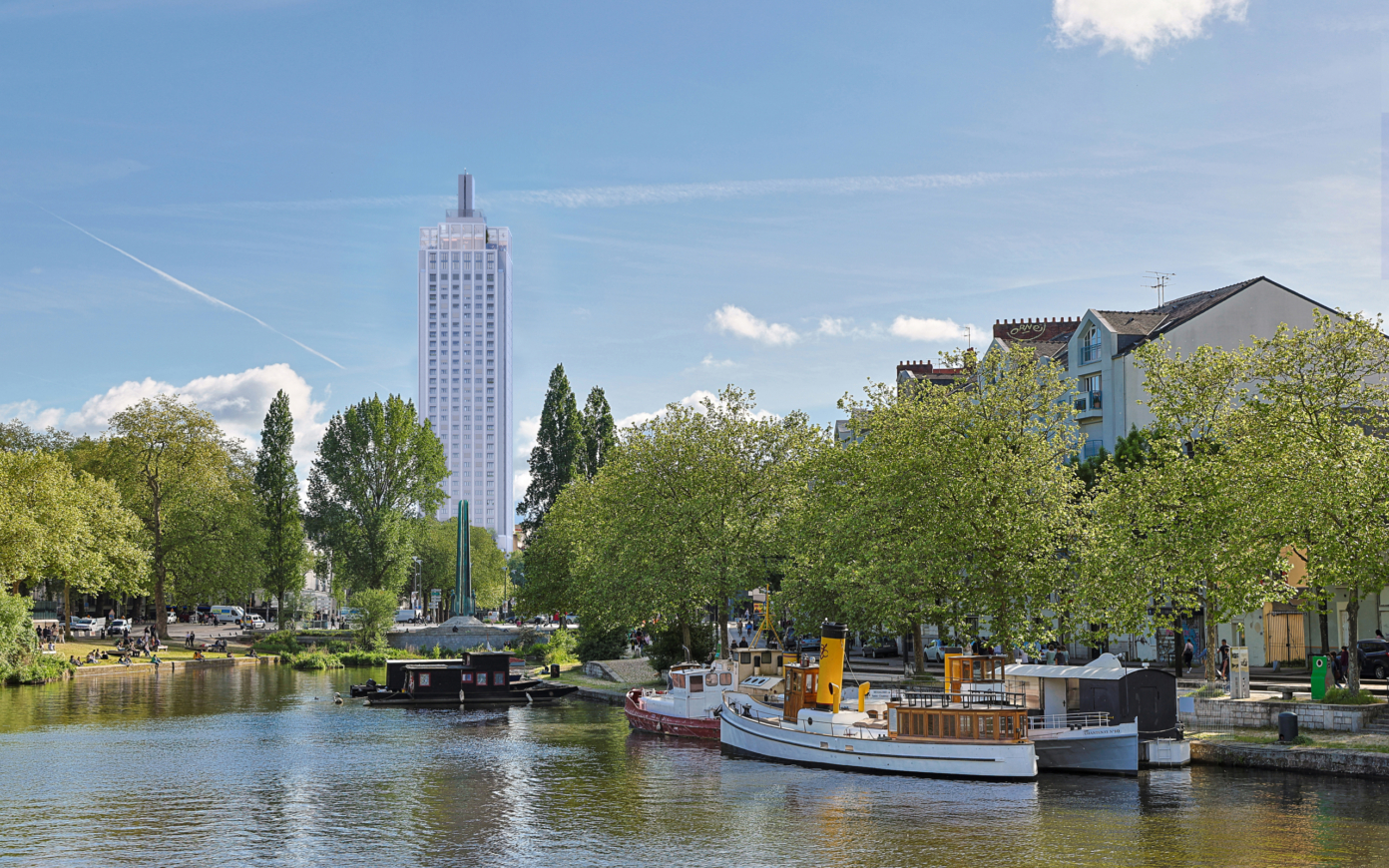
21 November 2024

21 November 2024
The tour Bretagne transformation project is unveiled today!